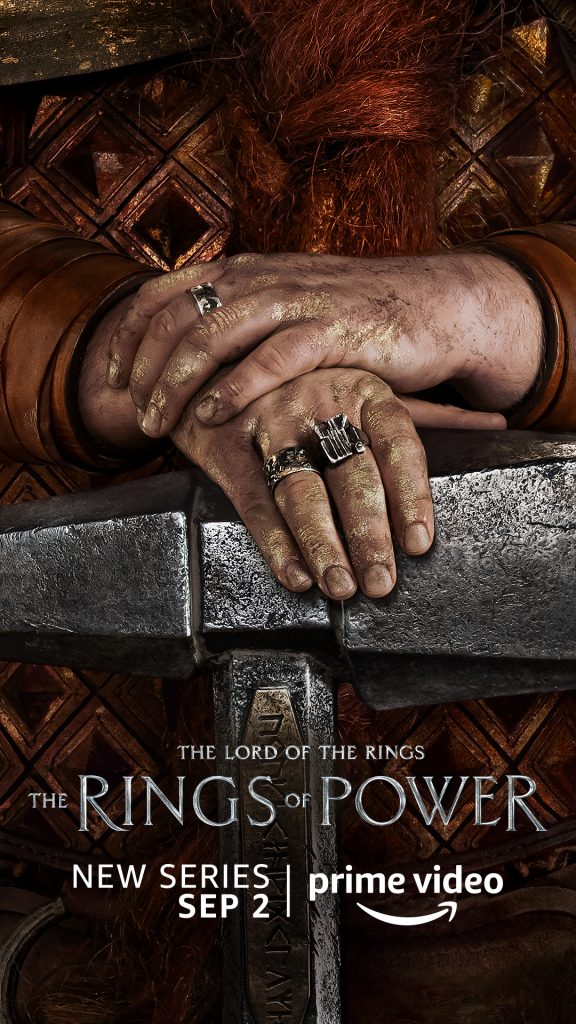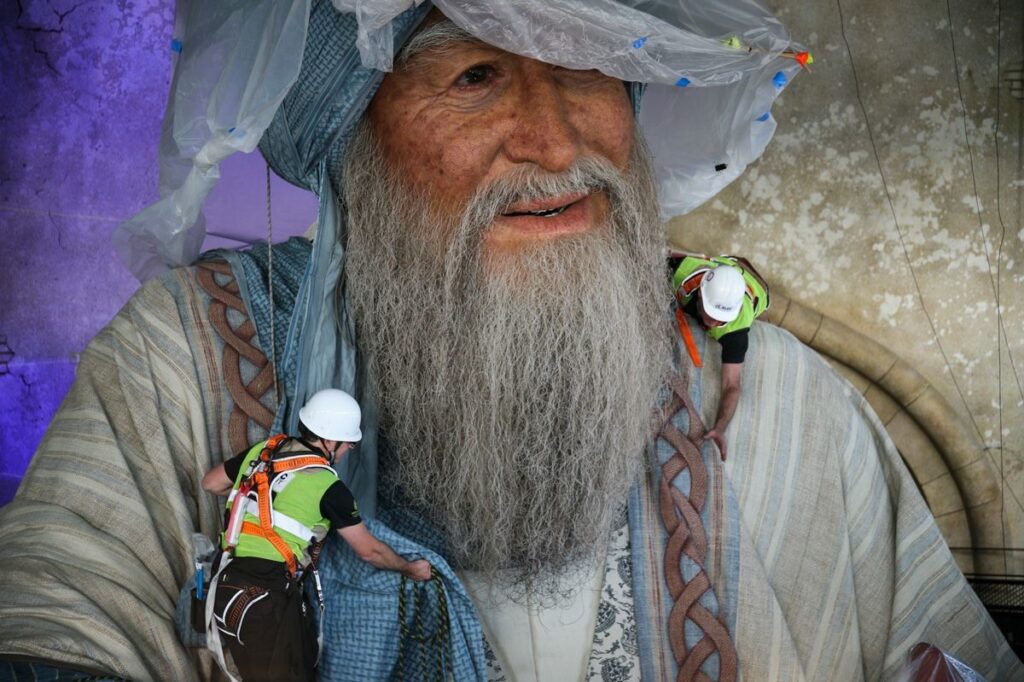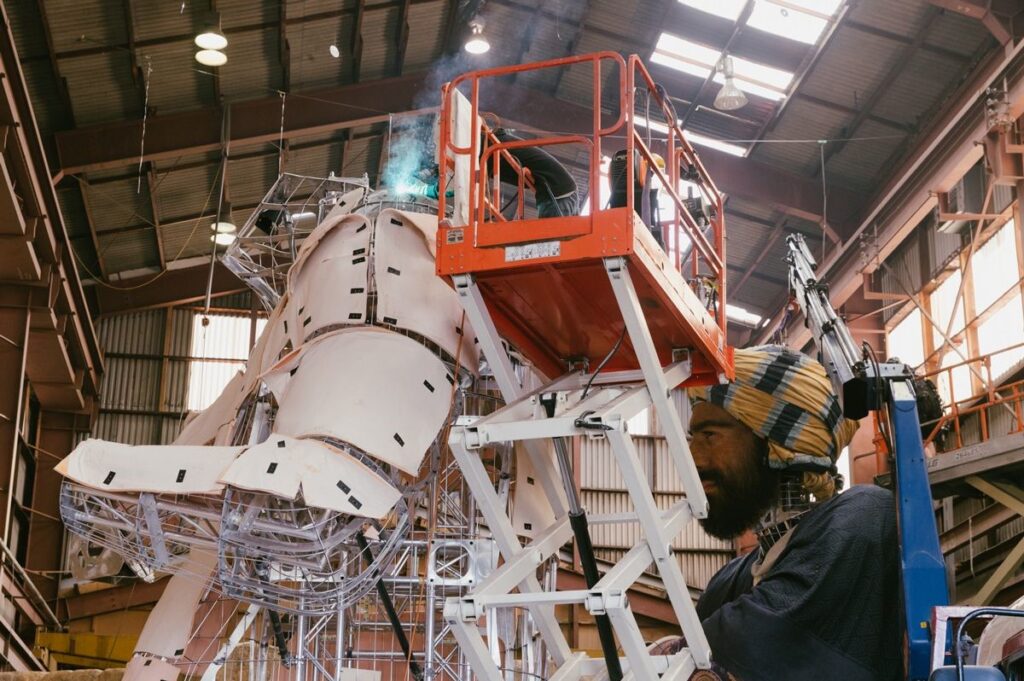
Interview with Jorge Valle Hurtado – 3D Creative Engineer
Meet Jorge Valle, Senior 3D Engineer @Non Fungible Labs – Futureverse. With experience as a Project Lead & Senior 3D Modeler @Weta Workshop and the Creator of Metashoot Plugin for Unreal Engine.
Could you kindly provide us with an overview of your professional journey, encompassing your progression from the role of a graphic designer to an industrial designer, and ultimately to a 3D engineer?
I started as a graphic designer because when I was a kid I fell in love with video game design, and I wanted to head in that direction, and graphic design courses were the closest thing I had around in my town before online tutorials and courses were a thing.
When it was time to start at university, video game design was not considered a career, and I didn’t have the support to pursue that path, so I enrolled in industrial design engineering instead, while I kept learning about 3D design in my spare time. Fast forward years later, and after countless hours of 3D work in the fields of modeling, lighting and rendering, I started thinking about ways of automating processes and simplifying tools from the software I used, which led me to learn programming and tool development and I loved it so much that it became my full role as a 3D engineer.
What is the role of a 3D Engineer and how does it differ from the other 3D roles?
3D engineering combines 3D technical art and software engineering. It’s basically adding a lot of math to 3D art to make new tools and improve existing ones for other 3D artists to use. As a 3D engineer I try to automate the boring stuff that artists don’t want to do so it leaves them space for creativity without the burden of the boring repetitive tasks.
Would you kindly provide us with an overview of your experience as the project lead and senior modeler at Weta Workshop, highlighting your significant contributions to projects such as “Avatar: The Way of Water” and “The Lord of the Rings: The Rings of Power”?
Landing that job was my absolute dream and one of the reasons I came to New Zealand from Spain in the first place. I want to thank Richard Taylor for creating such an incredible place to work and for sharing his creativity with us.
I worked in the 3D department for physical props, doing 3D modeling for props and weapons to be manufactured (3D printed, milled with CNC, etc.). It was thanks to my industrial design background that I managed to step up to a project lead role since I was able to do both the digital and the physical parts of the projects. Thanks to that I had the honor of making guns for James Cameron, like the tranquilizer rifle that appears in the sequel of Avatar, and some other sci-fi props like those datapads. I also worked on my dream project, the Lord of the Rings’ series, where I 3D modeled and prototyped several weapons, mainly for the elves and the dwarves, plus a very special weapon that will appear in the next season and that some viewers will definitely recognize from the original trilogy.

Could you please provide us with a comprehensive account of your experience in conceptualizing and developing the Adobe MAX Virtual Gallery?
It was amazing, and I got to work with the amazing art director and ZBrush master Pablo Munoz Gomez. I developed a whole virtual gallery from scratch on a web browser, including a navigation system, art information, and all the interactivity. The best thing is that it’s a project that can keep growing over time, with more galleries and more room for artists to showcase their work.
How can a 3D artist enter the role of industrial engineering?
3D is used now in all sorts of industries, from medicine to engineering, and having knowledge in 3D gives you a massive advantage since some senior engineers can’t use those tools but they still need them for their job, so there is a symbiosis where both the engineer and the 3D artist benefit from each other and learn from each other in the process. While 3D art uses those tools to express emotions and feelings and create stories with them, engineering uses those tools as a way of reaching a practical goal and simulating reality. Mixing both gives amazing results.
What motivated and inspired you to establish your company, Vinzi? Additionally, could you kindly elaborate on the range of services that Vinzi currently provides?
I have always had an entrepreneurial mindset, and working happens to be one of my hobbies as well. I am always learning new skills in the 3D and engineering fields, or practising old ones, and thanks to that I am now able to learn much faster, so I decided to apply that learning to help others in their projects with my Research and Development services along with consultancy and mentorship.
In a fast-paced world as is the technological world we live in, learning and working in an efficient way gives you a great advantage. If I can find a way of automating a process that would usually take days of work and transform it into a 2-hour job with a script, companies will be saving a lot of time in their projects.
The name of VINZI comes as a homage to my idol Leonardo da Vinci and the country that I love and live in, New Zealand (NZ).
Could you please elaborate on the origins of the idea for Metashoot and how it came to fruition?
Lighting in 3D has always been fascinating to me, and coming from an industrial design background, product visualization is the ideal mix of both, so I started learning about the best techniques for it while I was at uni. When I started working with Unreal Engine many years later, I tried to find a personal project that would make me push my learning faster, so I thought that developing a virtual photo studio for myself would be fun. Then I realized that there was not a tool like that for Unreal Engine and the normal workflow was a bit complex since UE was not intended for that, so I thought that I could develop it in a way that would make it accessible to all users and I programmed a full interface for it that simplifies lighting and rendering so visualizers don’t have to worry about the technical part of it and speed up their workflow.
It took me around 2 years in my spare time while having another full-time job. That meant many late nights at the coworking space trying to make progress on it. Some of my colleagues at the coworking space ended up thinking that I lived and slept at that place! Thanks to The Workshop Auckland for their hospitality!
What was your role as a BIM manager and industrial design engineer for the Dubai 2021 Expo?
The BIM management role came as a consequence of my understanding of 3D and my technical eye to focus on details. I have to thank my OCD for that. When working in BIM, one centimeter on a plan can be the difference between a structure fitting a pavilion or not being able to leave the container, so I worked making sure that all the pieces we designed for the Expo could fit in containers and be
transported to their final destination to be assembled, including three 15-meter-tall giants that I had to design as a massive puzzle. That brings me to the design engineering part of my job for it – I designed and 3D modeled over 5000 pieces of metal that made the structure and bodies of the biggest hyper-realistic sculptures in the world, now located in Dubai. It was an incredible project and
a pleasure to work on.



How prominent is this field in terms of sustainability and what are your words to those entering
the field? Does it face the horrors of being replaced by AI as well?
That’s a great question. It is such an uncertain time at the moment with AI, however I don’t see it as “AI replacing current jobs”, but as “jobs adapting to use AI” in the same way that those roles adapted to use computers when they first came out and kept evolving. So roles will definitely change, but in the same way as a graphic designer in the past would draw things manually and now they can do it using Photoshop or Illustrator, or a sculptor used to use clay and now uses ZBrush; or an engineer used to do all the calculations by hand and now uses simulation software. AI is just another step in that progress, we just need to do our best to keep up with it and keep learning!
You can connect with Jorge at the following links:
Website: https://vinzi.xyz/
LinkedIn: https://www.linkedin.com/in/byvalle/
About the author
-
Based in India. Khalikh is a Previs and Cinematic Designer with over 6 years of experience in the Indian Film Industry. His passion for films and animation led him to the city of dreams, Mumbai, and he found the world of filmmaking. He loves to share knowledge and he believes what J.M. Cornwell has rightly said "“Knowledge is wasted when it isn't shared.”





